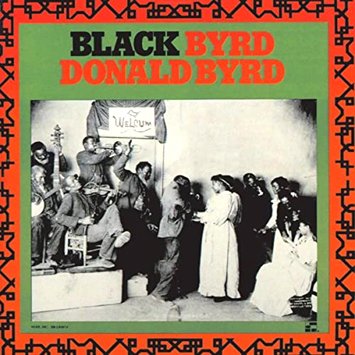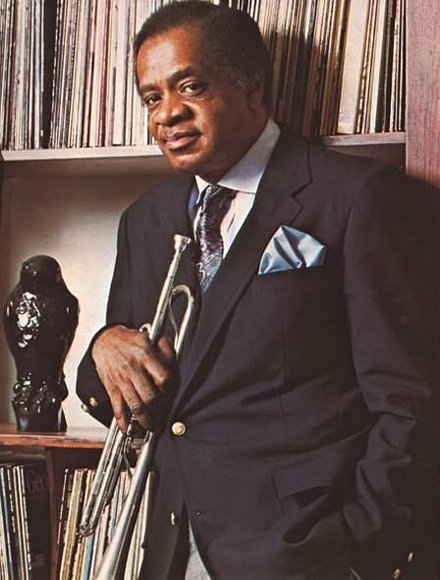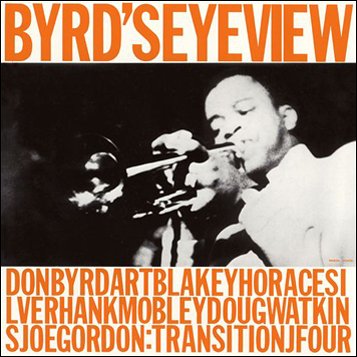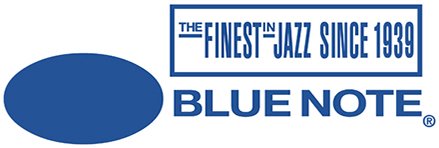Jazz-funk/rhythm and blues: “Flight Time”
Allen Curtis Barnes (saxophone, flute, oboe), Roger Glenn (saxophone, flute), Donald Byrd (trumpet, flugelhorn, electric trumpet), Fonce Mizell (trumpet), Dean Parks, David T. Walker and Barney Perry (electric guitar), Freddie Perren (piano, synthesizer), Joe Sample (piano, electric piano), Kevin Toney (piano), Chuck Rainey, Wilton Felder and Joe Hill (electric bass), Harvey Mason, Sr. and Keith Killgo (drums), King Errisson (congas, bongos), and Bobbye Hall Porter, Perk Jacobs and Stephanie Spruill (percussion). From the album Black Byrd (1973) by Donald Byrd.
Donald Byrd was a singer, trumpeter and composer of jazz, rhythm and blues, soul and jazz-funk, being one of the few hard bop musicians who later explored soul and funk. From the mid-1950s to the mid-1960s he was considered one of the best technically gifted trumpeters of the time with an exquisite tone, clear articulation and very good taste for melodies. He also had the penetrating attack of the first bebop trumpeters and the rhythm of Miles Davis.

Byrd recorded extensively both as a leader and as a sideman for a number of jazz giants, like alto saxophonists Jackie McLean and Cannonball Adderley, tenor saxophonists Dexter Gordon, Sonny Rollins, John Coltrane, Hank Mobley and Johnny Griffin, trumpeter Art Farmer, guitarist Kenny Burrell, vibraphonist Lionel Hampton, pianists Thelonious Monk, Horace Silver and Herbie Hancock, organist Jimmy Smith and drummers Art Blakey, Max Roach and Kenny Clarke. In the late 1960s he was impressed at Miles Davis’s shift to jazz fusion and began to create his own version with arrangements influenced by smooth soul, resulting in cheerful and commercial music. This approach was controversial, as jazz followers despised it, while jazz-funk fans found it innovative and fascinating.

Born in Detroit, his father was an amateur musician and he went to Cass Technical High School and started playing with Lionel Hampton. After serving in the Air Force playing in a military band, Byrd studied music at Wayne State University and graduated in 1954. The following year he moved to New York to earn a master’s degree from the Manhattan School of Music and played with pianist George Wallington’s group and then with drummer Art Blakey’s Jazz Messengers, with which he collaborates in four albums. In 1956 he debuted as a leader with Byrd Jazz and Byrd’s Eye View for Transition Records, and Long Green and Byrd’s Word for the Savoy label, left Blakey and joined drummer Max Roach’s band.


music
musicforlife
jazz
classical-music
curie
hivesicians
hivemusic
soundmusic
dailymusic
beatzchain
0
0
0.000
0 comments

